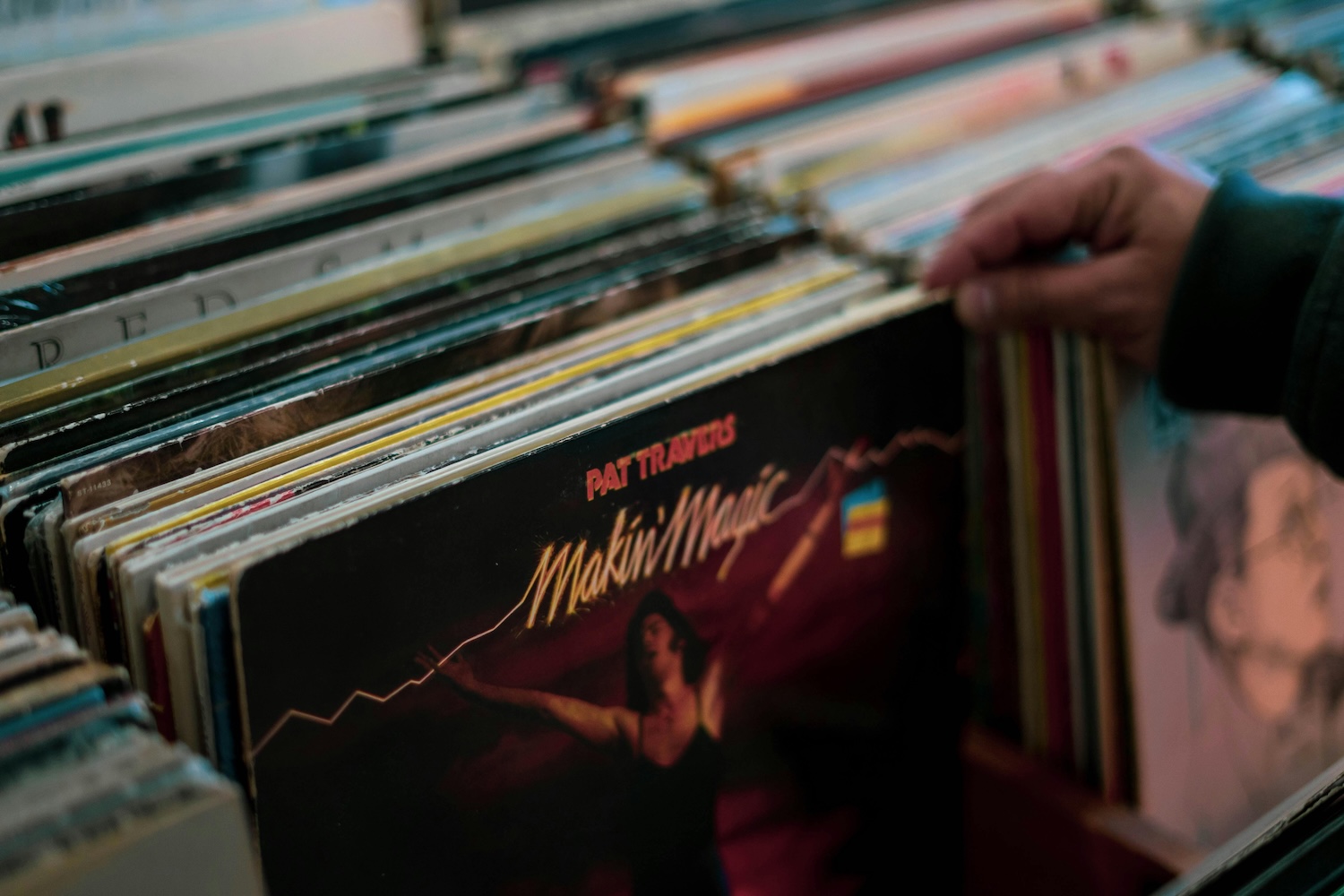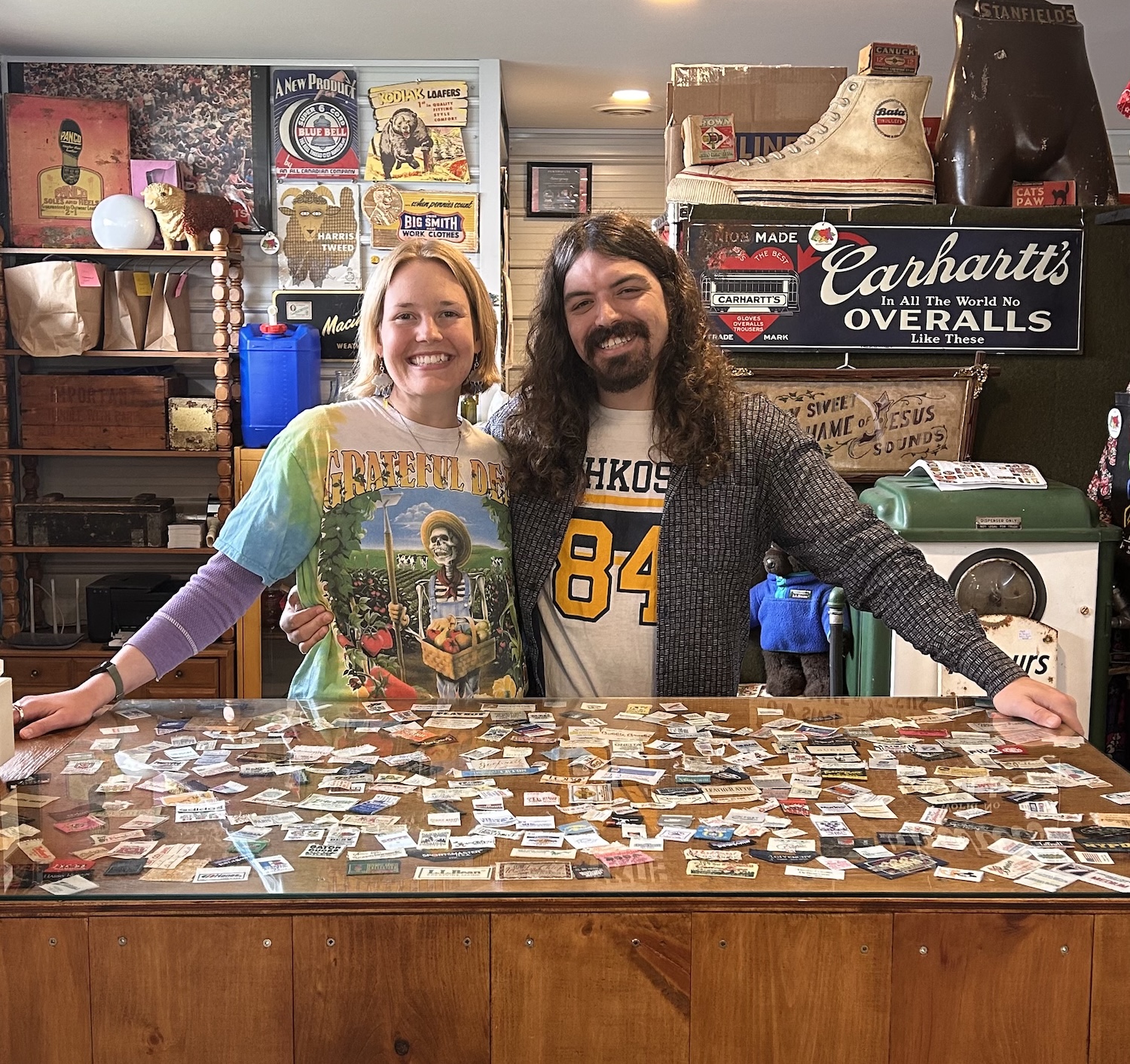The great “vintage” debate: A dealer looks back
A veteran vintage dealer weighs in on the hotly debated definition of “vintage”
Editor’s note: On Feb. 23, we published an Instagram post called The Great “Vintage” Debate, asking our community whether they felt “vintage” means older than 20 years or older than 40 years. (Read more about defining vintage here.)
What followed in the comments was a spirited back-and-forth between those in the 20-year camp and those in the 40-year camp. There was also a discussion about what “retro” actually means.
Dave Smythe, owner of the Ontario Vintage Market and a dealer whose been collecting for 30 years — long enough to see how the definition of “vintage” has evolved — weighed in with a thoughtful essay in the comments. With his permission, we’re reprinting it here as a guest column. Thanks, Dave!
Antique, vintage, “other” people: I thought I would weigh in. Take off your sweater; it’s going to get warm.
After being in the business of “old goods” with my wife for 30 years and collecting since exiting the womb, I have seen massive changes. The start of eBay may be considered the demarcation point of this change.
For the longest time there were only antique dealers (with sub-categories within) and collectibles dealers (with sub-categories within).
Then a marvellous thing happened — I am going to ballpark it at around late ’80s here in Canada — some people thought it would be cool to sell stuff from the 1950s. Blasphemy!
This was aided, I would add, by the dealers who, earlier than the ’80s, were selling Art Deco–era goods. Even though they weren’t selling “antique” at the time, they had way more street cred, because there were shows and periodicals devoted to [that time period].
MCM: Not so welcome at first
Then, the ’50s-era dealers cropped up and were pooh pooh-ed upon, accused of selling illegitimate garbage by longtime, entrenched antique dealers and it would be over their dead bodies to allow such a dealer into one of their shows.
We displayed these goods in the windows of our Yonge and Eglinton store in Toronto in the ’90s and we heard all the comments. Then the epiphany came. It wasn’t going away — dealers were selling it and because people thought the style was cool and some of it had real design merit.
Then, someone — I would love to meet them — coined the phrase mid-century modern (then, in our acronym-loving culture, someone went all MCM on it…LOL). Anyhow, designers started to get attributed to various goods, and then shows were devoted to the era and magazines featured the era, leading to the legitimization of the era.
Shhh…this is a secret: it got so legit that some of the “younger” antique dealers who derided the “’50s garbage” earlier started to deal in it as part of their business, or, in some cases, dropped antiques like a stone and dealt in ’50s goods exclusively (cue upbeat hopeful rap music).
So it began, and changes kept happening in the “old goods” business.
Continued below
Join our community of sellers
Learn more
Continued from above
Vintage: a changing definition
What’s my point? Things change. Language changes. Until a worldwide group comes together and meets to hammer out definitions, we work with what we have: knowledge and transparency.
So, as far as definitions go, in my humble opinion it’s a solid fact that “antique” is defined as 100 years old or more. So that leaves us with the period as of this writing: 1922-2022.
If asked, 100 people will have a different answer to word “vintage.” What are we talking, wine, cars, clothes, household items? Dealers/collectors in each of these categories have a different opinion.
So, let’s agree, if you are open to it, that “vintage” has meaning beyond the set definition in the dictionary at this point. Dictionaries always lag on word definition morph.
I don’t think I’ve actually followed this word morph enough to have seen the “40-year” definition, but I have given lots of thought to it when I was in the beginning stages of honing a definition and guideline for the launch of Ontario Vintage Market in 2017.
We define it as 25 years or older, and we chose this for various measured reasons so it would not exclude the rise of all kinds of “young-ish” categories that have emerged.
We don’t allow “manufactured collectibles” as a start, but on any given day, if we were to eliminate all the goods that were 40 years or less, we would hear a huge sucking sound (captured on video in slo-mo effect).
We encourage “new” to markets vendors where it becomes apparent that “likes” are not dollar bills. Dealers are going to make mistakes with product choice, and if it sells and continues to sell, it rises and is still a sub-category in the vintage world.
Quality does not seem to be factor anymore: if it hits right buttons and sells, we have a temporary winner. Although long term, quality will always win over mediocre.
Honesty and transparency key for resellers
I believe we, as dealers, need to decide on our own what the definition of vintage is that you personally want to sell, and you will find your tribe. Don’t pooh-pooh another’s definition. Switch it up if no tribe comes knocking. All we are certain of is it is not antique if less than 100 years of age.
Vintage name creep is also happening. We chose “Ontario Vintage Market” and specifically left out antique, based on the new realities in the business. I didn’t necessarily invent it, but since then, the word vintage has crept in alongside the word antique, which used to stand alone in names of shows, multi-dealer malls, magazines, etc.
Definitions and the lines will continue to change. Just please be honest, transparent and fully describe in your descriptions. In case you are wondering, I personally lean pre-1980 — all old, all good, but openly embrace all the new vendors that have come into the marketplace and will be the future whatever we become. It’s not going anywhere.
#OneVintageLove.
P.S. As for the word “retro,” it’s not even part of this discussion, in my opinion. It is not a reference specifically to a hard era or time period, so let’s get this straight. Think the phrase “throwback.” Your retro-looking jeans you just bought are based on an old style of jeans.
That metal root beer sign has a retro look and was made yesterday. That newly opened café sure did a good job of looking retro. Your vintage item is not retro. If someone reproduced your vintage item, that is a retro object. Get it? Live it. Use “previously owned, loved, used” if you are about to blurt retro out of context.
Dave Smythe runs the Ontario Vintage Market in Toronto.
Thank you for valuing our work!
Support our work to see this page.
You’ve got a good eye, but this gem is only available for members. Register for a plan or upgrade your current one to peek behind this vintage curtain, or log in below.
















